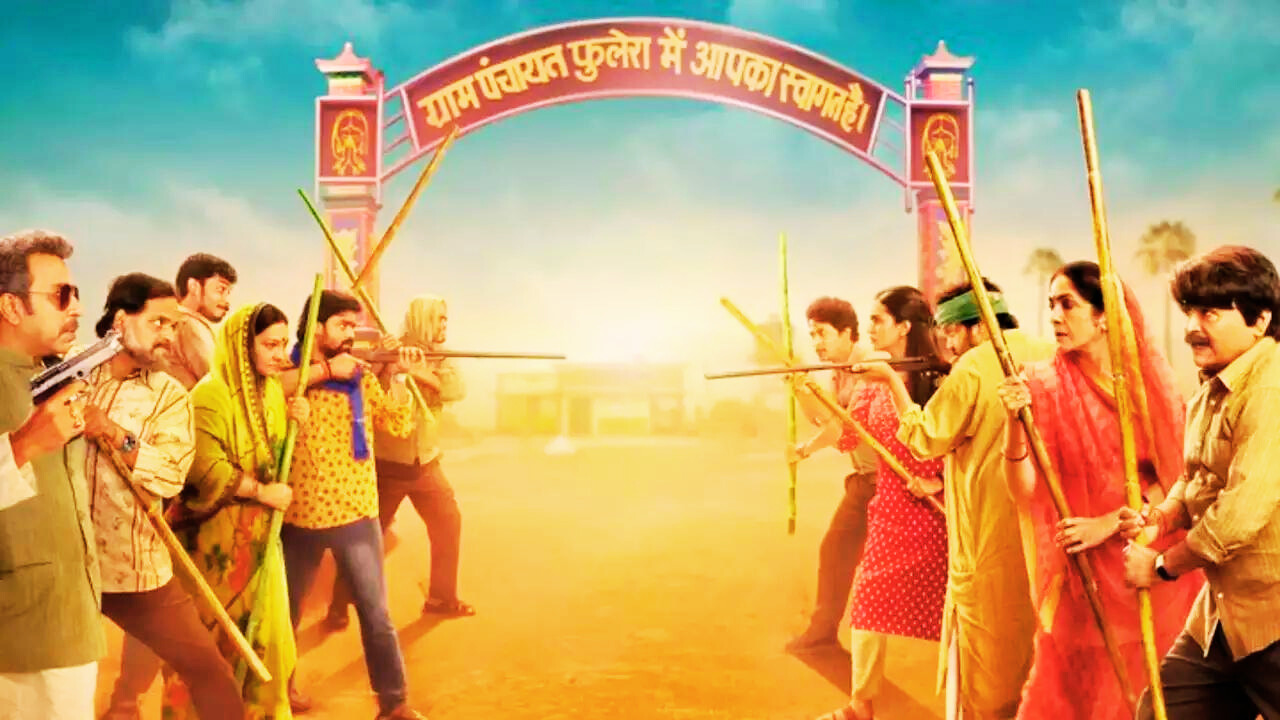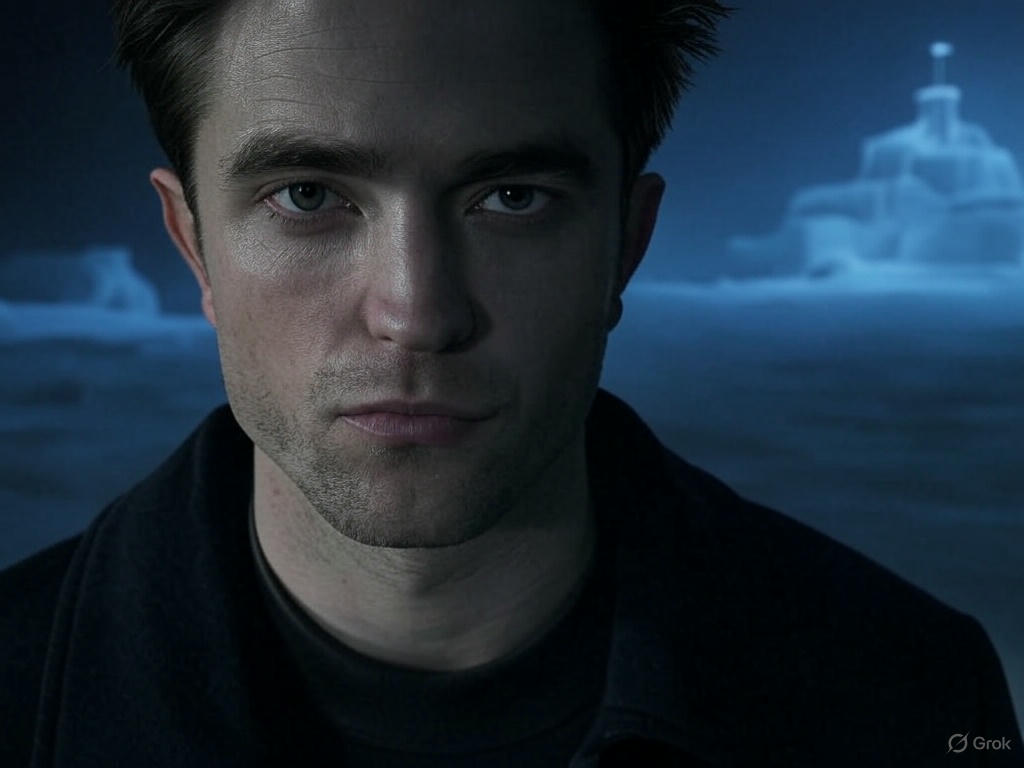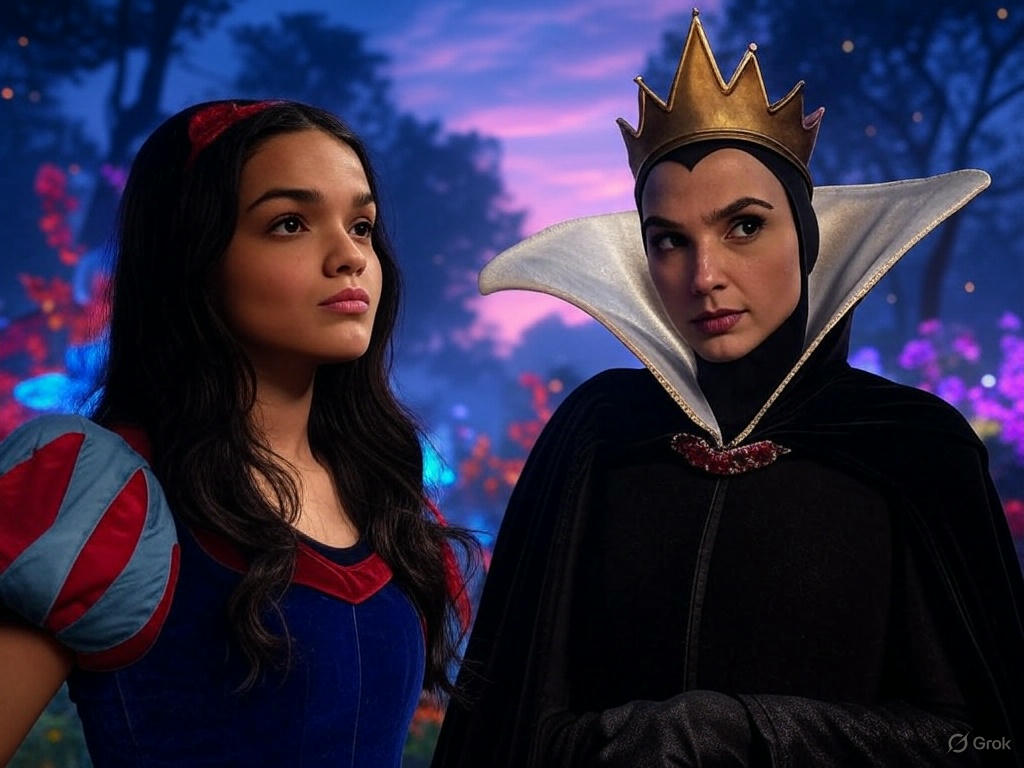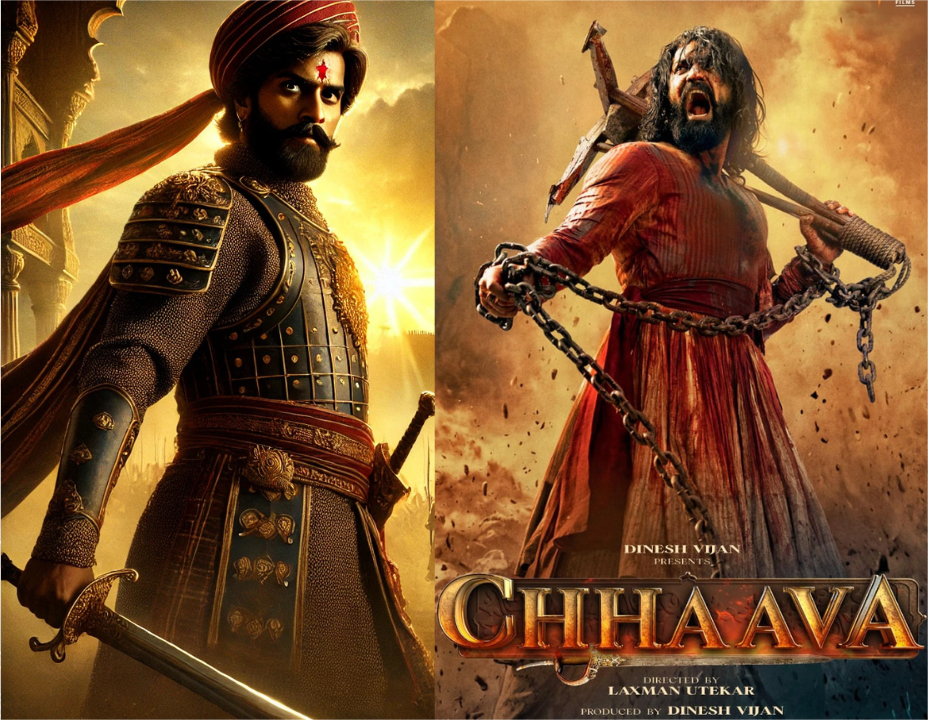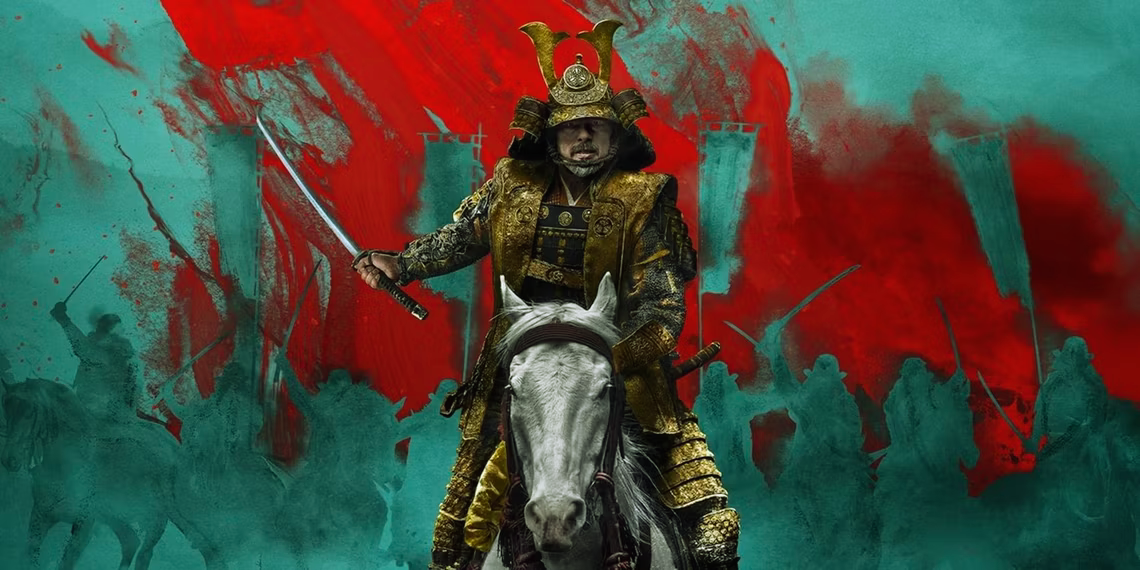
“Shōgun,” the critically acclaimed historical drama series based on James Clavell’s 1975 novel, has captivated audiences with its intricate portrayal of 17th-century Japan. Following the success of its first season, which concluded in April 2024, fans are eagerly anticipating the continuation of the saga. This article delves into the latest updates regarding “Shōgun” Season 2, including its release date, cast, plot developments, and more.
Renewal and Production Updates
In May 2024, just weeks after the first season’s premiere, FX and Hulu announced the renewal of “Shōgun” for both Seasons 2 and 3. This decision was driven by the series’ immense popularity, setting viewership records on both platforms.
As of January 2025, the writers’ room for Season 2 was nearing completion, with plans to commence filming later that year. The production timeline suggests a potential release in mid-2026, though an official date has yet to be confirmed.
Cast and Character Developments
Hiroyuki Sanada is set to reprise his role as Lord Yoshii Toranaga, the powerful samurai lord central to the narrative. However, the involvement of Cosmo Jarvis (John Blackthorne) and Anna Sawai (Lady Toda Mariko) remains uncertain, given the events of Season 1. Producers have hinted at a darker tone for Season 2, exploring deeper political intrigues and personal conflicts.
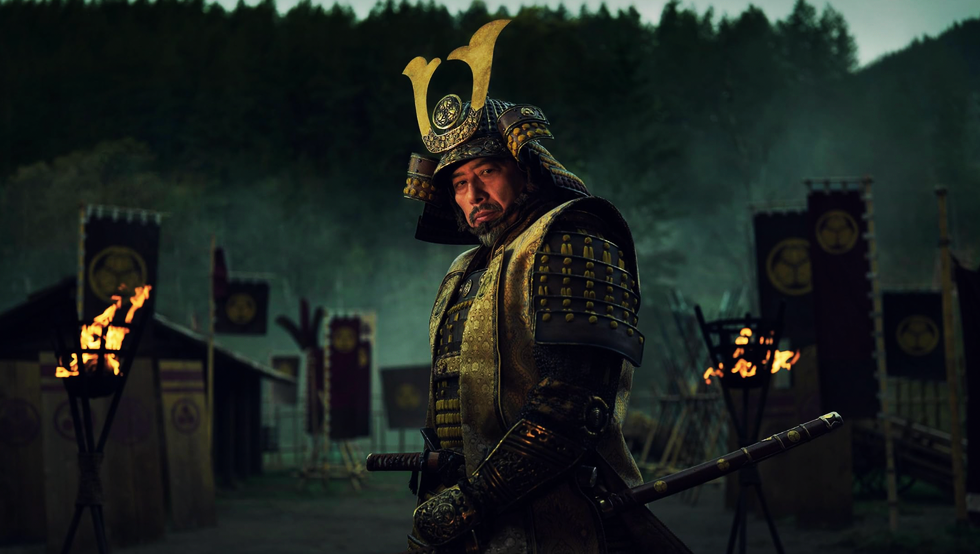
Plot Expectations
Season 1 closely followed Clavell’s novel, culminating in significant political shifts. Season 2 is expected to diverge from the source material, introducing original storylines that delve into the complexities of feudal Japan’s political landscape. Viewers can anticipate a focus on Toranaga’s consolidation of power, Blackthorne’s evolving role, and the intricate dynamics between characters.
Viewing Platforms
Upon release, “Shōgun” Season 2 will be available for streaming on Hulu in the United States. International viewers can expect the series to be accessible on Disney Plus, aligning with the distribution strategy of the first season.
Critical Reception and Awards
The first season of “Shōgun” received widespread acclaim, winning multiple awards, including Best Television Series – Drama at the Critics’ Choice Awards. This recognition has heightened expectations for the forthcoming seasons, with fans and critics alike eager to see how the story unfolds.
Conclusion
“Shōgun” Season 2 is poised to continue the saga with a darker and more intricate narrative, exploring the depths of political intrigue and personal drama in 17th-century Japan. While specific details regarding the plot and cast are still under wraps, the commitment to delivering a high-quality continuation of the story is evident. Fans can look forward to mid-2026 for the next chapter in this epic historical drama.

